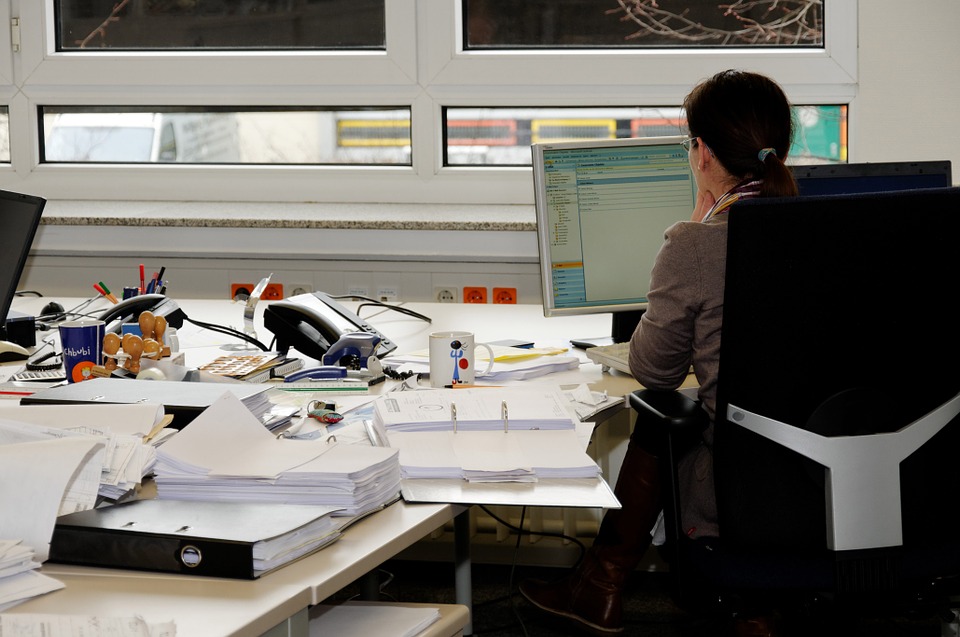A fresh round of economic relief measures is on the way following the President’s recent signing of the new COVID-19 Relief Bill (the Consolidated Appropriations Act, 2021). The $900 billion dollar package includes roughly $300 billion in aid for small businesses, as well as roughly $324 billion in aid to individual Americans. One of the core components of the bill is a renewed round of Paycheck Protection Program loans. Also known as “PPP Second Draw,” businesses can begin to apply for these loans in early January 2021.
- I took an original PPP loan. Do I qualify for a PPP Second Draw loan?
- Prior PPP recipients can apply for a Second Draw loan of up to $2 million, provided they:
- Have 300 or fewer employees;
- Can show a 25% gross revenue decline in any 2020 quarter compared to the same quarter in 2019; and
- They have used or will use the full amount of their first PPP loan.
- Businesses that returned all or part of a previous PPP loan may also apply.
- I didn’t receive an original PPP loan. Do I qualify for a loan under the new PPP?
- Similar to the original PPP, a wide range of small businesses, non-profits (now including some 501(c)(6) organizations), some self-employed individuals, sole proprietorships, independent contractors, and more are eligible to apply.
- You must have 500 or fewer employees and be otherwise eligible for SBA 7(a) loans.
- Accommodation and food services operations (with NAICS codes starting with 72) and fewer than 300 employees per physical location may apply.
- How much can I borrow?
- Recipients may borrow up to another $2 million, which is a decrease from the $10 million maximum loan available under the CARES Act.
- Like the original PPP, this new round is tied to payroll costs. Borrowers may receive up to 2.5 times their average monthly payroll costs in the year prior to the loan.
- Hotel and restaurant borrowers may qualify to borrow up to 3.5 times their average monthly payroll costs, subject to the same $2 million total loan cap.
- Are the new PPP loans eligible for forgiveness?
- Both first and second draw loans under the new PPP are eligible for forgiveness, assuming certain conditions are met.
- Much like the original PPP, forgivable costs include payroll, rent, covered mortgage interest, and utilities.
- For full loan forgiveness, the same requirements are in place from the original PPP. Borrowers must spend no less than 60% of the funds on payroll over a covered period of either eight or 24 weeks.
- The new PPP also makes certain additional expenditures forgivable, which were not covered under the original Program, including:
- Covered worker protection and facility modification costs (including provision of PPE) made to comply with COVID-19 federal health and safety guidelines.
- Certain operating costs such as software and cloud computing services.
- Expenditures to suppliers that are deemed essential at the time of purchase to the recipient’s current operations.
- Has the process for obtaining loan forgiveness changed under the new PPP?
- Loans of $150,000 or less are eligible for a simplified forgiveness application (raised from the $50K threshold under the original PPP).
- Under the simplified process, borrowers submit a one-page certification to their lender described the number of employees retained due to the loan, an estimation of the total amount of the loan spent on payroll costs, and the total loan amount.
- Like the original PPP, the SBA can audit all certifications, so borrowers are strongly encouraged to maintain and preserve all supporting documentation used for the certification.
- Borrowers no longer have to deduct the amount of any SBA Economic Injury Disaster Loan (EIDL) advance from their PPP forgiveness amount.
- Loans of $150,000 or less are eligible for a simplified forgiveness application (raised from the $50K threshold under the original PPP).
- Does the new PPP qualify for any tax relief?
- Expenses paid with forgiven PPP loans are tax-deductible under the new Act.
- This provision applies to loans under both the original PPP and new PPP. The new provision also supersedes prior IRS guidance, which did not allow such deductions.
- Prior PPP recipients can apply for a Second Draw loan of up to $2 million, provided they:
If you would like more information on these programs or would like to discuss how they may be helpful to your situation, please contact us.


